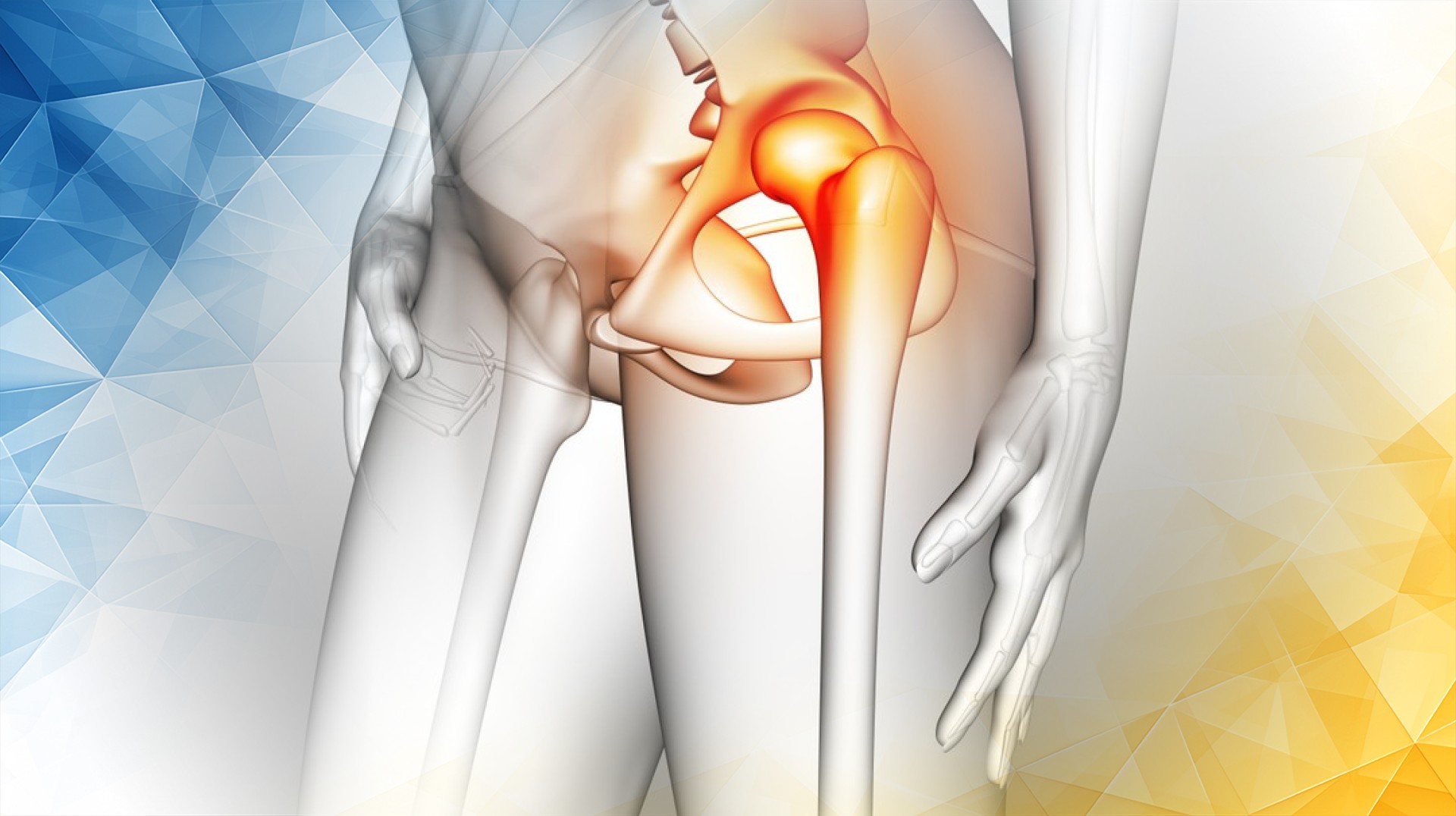



Left hip pain is a frequent complaint in clinical practice, presenting a challenge for healthcare providers because it can arise from a wide range of causes. Accurate diagnosis is essential—not just to guide effective treatment, but also to ensure medical records are clear and consistent. The International Classification of Diseases, Tenth Revision (ICD-10), is a standardized coding system that enables clinicians to classify and communicate diagnoses, including musculoskeletal problems like left hip pain . In this article, we’ll look at how ICD-10 codes help improve the diagnosis and management of left hip pain , summarize the hallmarks of this condition, highlight recent research, and provide practical advice for everyday clinical use.
ICD-10 is a comprehensive system that organizes health conditions into specific codes, making it easier for healthcare professionals to accurately document and share diagnoses. Hip pain is included within the musculoskeletal chapter, covering issues related to bones, joints, muscles, and connective tissue. For example, the code M25.552 denotes pain in the left hip. Choosing the correct ICD-10 code allows clinicians not only to specify the location of pain but also to indicate causes such as arthritis or bursitis. Accurate coding improves tailored treatment planning, facilitates proper follow-up, and enhances the quality of clinical documentation.
Patients with left hip pain may report a dull or sharp ache that can worsen with activity, stiffness after periods of inactivity, and tenderness around the hip joint . Pain may also radiate to the groin, thigh, or buttocks, making the origin sometimes difficult to identify. To complicate matters further, hip pain can be mistaken for discomfort that actually originates from the lower back or pelvis, such as nerve irritation or referred pain. Conditions like trochanteric bursitis or sciatica may mimic true hip pathology, underscoring the importance of a thorough examination and careful documentation. In some situations, clinical findings such as a shortened, externally rotated leg can point towards more serious hip problems , which must be considered during evaluation.
Current research underscores the importance of precise ICD-10 coding in improving outcomes for patients with musculoskeletal pain , including hip pain . Training clinicians to use specific, accurate codes—rather than relying on general ones—has led to more targeted treatments and better tracking of patient progress. Studies also show that integrating coding with detailed patient histories and physical findings creates a clearer overall picture, making it easier to distinguish between similar conditions. For example, it’s important to rule out less common but significant causes of hip pain , such as metastatic disease, by combining careful clinical assessment, imaging, and use of the most appropriate codes.
Using ICD-10 codes accurately in clinical practice has real benefits for both providers and patients. For those diagnosing and managing left hip pain , a systematic approach to assessment, clear documentation, and regular training on coding updates all contribute to greater diagnostic precision. Tools such as electronic health records can prompt and support accurate coding. Collaboration among primary care physicians, orthopedic specialists, and radiologists is key to confirming diagnoses and optimizing patient care. Looking ahead, advancements like ICD-11 and digital diagnostic tools are set to further streamline this process, making accurate diagnosis and effective treatment even more accessible.
ICD-10 coding plays a vital role in diagnosing and managing left hip pain . By recognizing the classic symptoms, keeping up with clinical best practices, and applying coding standards diligently, clinicians can enhance both patient care and their own documentation. Accurate coding not only improves individual outcomes but also supports broader healthcare research and policy. As new technologies and coding frameworks develop, staying up-to-date will be crucial for healthcare professionals committed to offering the best possible care to patients with left hip pain .
Ali, M. A., & Ali, F. M. H. (2021). A Woman With Hip Pain. Annals of Emergency Medicine, 78(2), 229-241. https://doi.org/10.1016/j.annemergmed.2021.02.015
Carl, R. L., Weber, K. M., Mjaanes, J., & Palmer, T. (2008). Left Hip Pain in a Distance Runner. Medicine & Science in Sports & Exercise, 40(5), S122-S123. https://doi.org/10.1249/01.mss.0000321985.76386.9f
Tsai, J.-C., Hung, C.-C., & Chao, C.-M. (2016). An unusual cause of hip pain. Internal Medicine, 55(4), 423. https://doi.org/10.2169/internalmedicine.55.5812
Left hip pain may be caused by various issues such as arthritis or bursitis, often presenting as a dull or sharp ache, stiffness, or tenderness. Pain might radiate to the groin, thigh, or buttocks. Accurate assessment is essential for effective treatment, as handled by London Cartilage Clinic’s specialist team.
ICD-10 coding enables clinicians at London Cartilage Clinic, under Prof Lee’s expert guidance, to document left hip pain precisely with codes like M25.552. This ensures targeted treatment, enhances clinical records, and supports a more thorough evaluation, helping patients receive suitable management for their specific condition.
Because similar symptoms might indicate different underlying issues, a comprehensive assessment is critical. At London Cartilage Clinic, Prof Lee combines clinical findings with advanced imaging and ICD-10 documentation, ensuring subtle or serious conditions are identified, and management is tailored for each patient’s needs and personal health goals.
Patients benefit from the clinic’s multidisciplinary approach and Prof Lee’s extensive experience in musculoskeletal conditions. The team’s expertise in advanced diagnostic tools, accurate ICD-10 coding, and up-to-date best practices ensures high standards of personalised care, making the London Cartilage Clinic a trusted choice for hip pain assessment.
The clinic continuously adopts the latest diagnostic and coding advancements, like ICD-11 and digital tools. Prof Lee ensures ongoing staff training and collaboration with other specialists, enabling the clinic to offer innovative, research-backed solutions for left hip pain that prioritise both the patient’s experience and clinical effectiveness.
All our treatments are selected to help patients achieve the best possible outcomes and return to the quality of life they deserve. Get in touch if you have any questions.
At London Cartilage Clinic, we are constantly staying up-to-date on the latest treatment options for knee injuries and ongoing knee health issues. As a result, our patients have access to the best equipment, techniques, and expertise in the field, whether it’s for cartilage repair, regeneration, or replacement.
For the best in patient care and cartilage knowledge, contact London Cartilage Clinic today.
At London Cartilage Clinic, our team has spent years gaining an in-depth understanding of human biology and the skills necessary to provide a wide range of cartilage treatments. It’s our mission to administer comprehensive care through innovative solutions targeted at key areas, including cartilage injuries. During an initial consultation, one of our medical professionals will establish which path forward is best for you.
Contact us if you have any questions about the various treatment methods on offer.
Legal & Medical Disclaimer
This article is written by an independent contributor and reflects their own views and experience, not necessarily those of londoncartilage.com. It is provided for general information and education only and does not constitute medical advice, diagnosis, or treatment.
Always seek personalised advice from a qualified healthcare professional before making decisions about your health. londoncartilage.com accepts no responsibility for errors, omissions, third-party content, or any loss, damage, or injury arising from reliance on this material. If you believe this article contains inaccurate or infringing content, please contact us at [email protected].